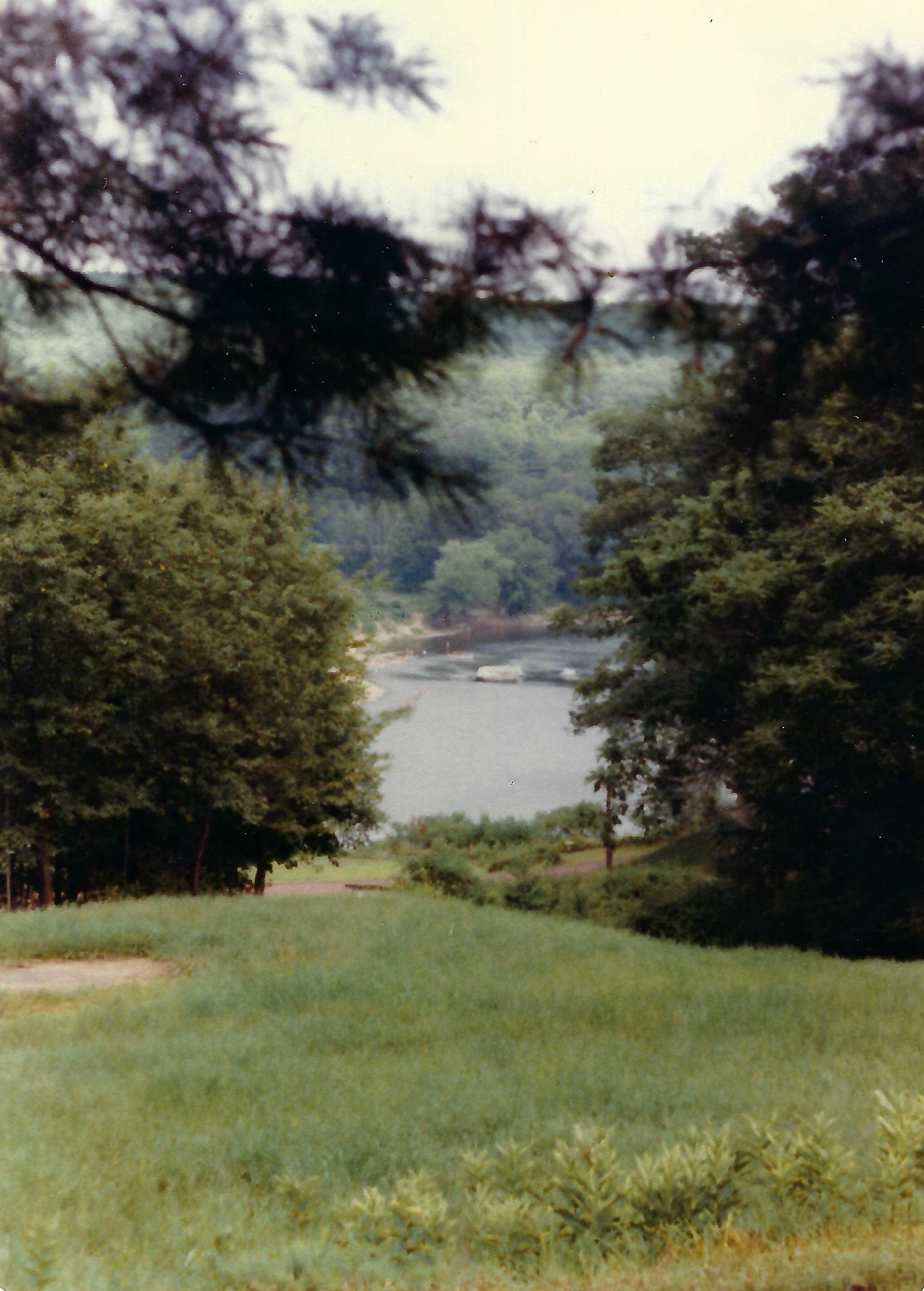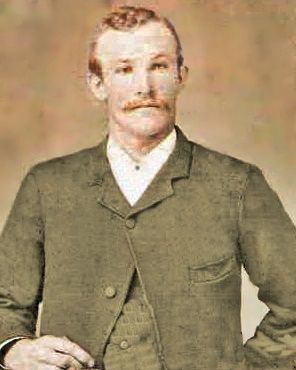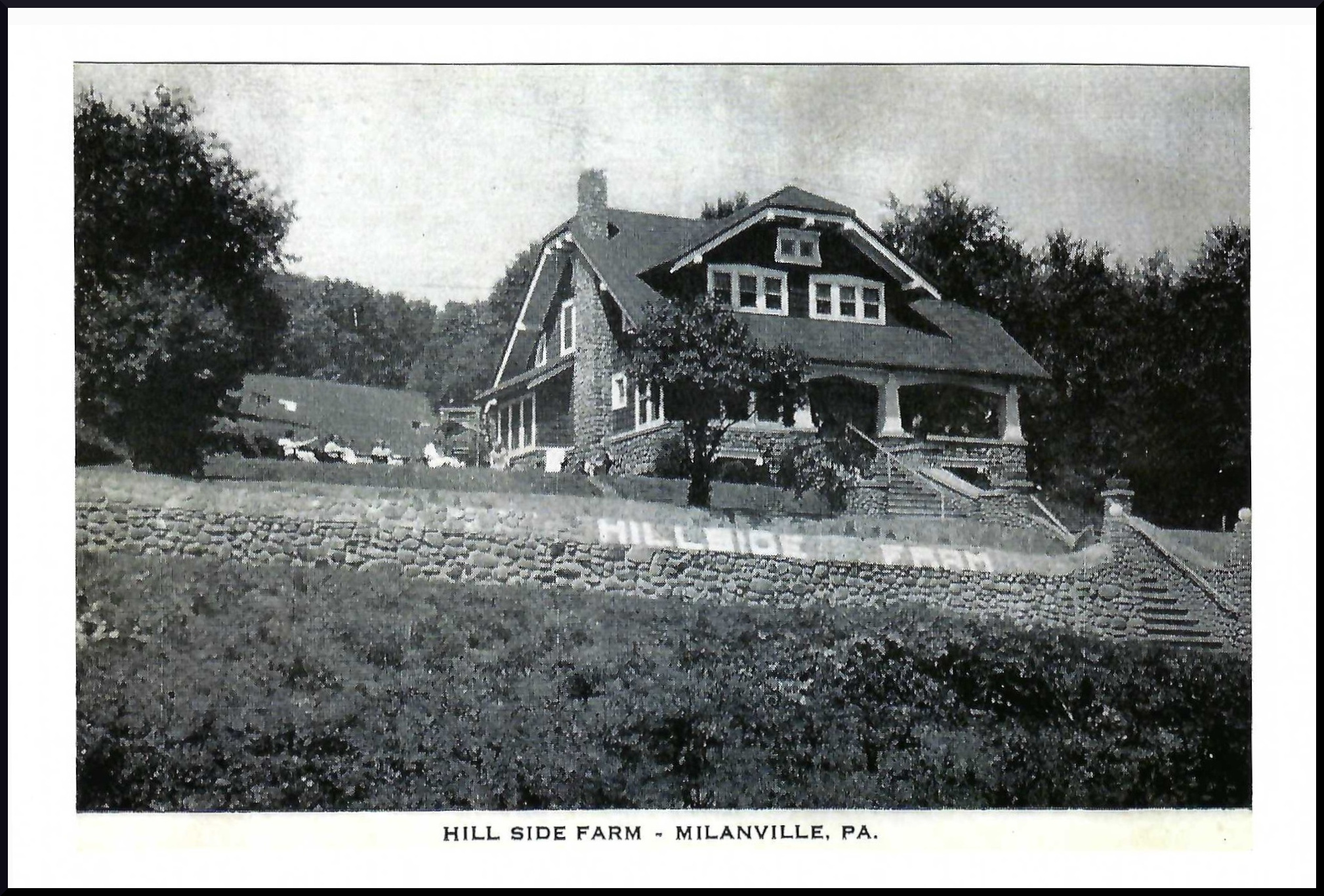Innisfree, 1970-1998
By Tom Rue
Chapter 1 - A sense of this place
"A history of Innisfree in Milanville" must begin with a grounding in its physical landscape. The water and countryside here are the ancestral land and waters of numerous Native tribes, including the Lenape, Susquehannock, and Mohican [link], or Ho-De-No-Sau-Nee-Ga : or the territories of the People of the Long House [link] According to oral history, five nations banded together over 1,000 years ago to form a union. The five nations were the Mohawk, Cayuga, Seneca, Oneida, and Onondaga. (In 1722, the Tuscarora joined the union making the confederacy Six Nations.)
The Iroquois, also known as the Five Nations or the Six Nations and by the endonym Haudenosaunee; meaning "people who are building the longhouse"), are an Iroquoian-speaking confederacy of First Nations peoples inhabiting the area now called northeast North America and upstate New York. They were known during the colonial years to the French as the "Iroquois League", and later as the "Iroquois Confederacy". The English called them the "Five Nations", including (east to west) the Mohawk, Oneida, Onondaga, Cayuga, and Seneca. After 1722, the Iroquoian-speaking Tuscarora from the southeast were accepted into the confederacy, which became known as the Six Nations. The Confederacy likely came about between the years 1450 CE and 1660 CE as a result of the Great Law of Peace. [link] [link] [link]
European immigrants flooded the American continent and Great Britain exercised its colonial might. An English Quaker leader and advocate of religious freedom and abolishing slavery named William Penn oversaw the founding of the Commonwealth of Pennsylvania as a refuge for Quakers and other religious minorities of Europe. After much bloodshed and decimation of their numbers, native Americans were forcibly removed from their ancestral home here as their survivors moved westward to places like Kansas while some lived more locally in small closed enclaves like the Ramapo Munsee Nation and the Lenape Nation of Pennsylvania.
Named for Milan, Italy (but bearing little or no resemblance to that city and pronounced today with a long "i"), Milanville was settled in the 19th century as a logging community due to its proximity to the Skinners Falls and the confluence of the Calkins Creek, at a time when the local economy centered around the logging and tanning industries of by-gone days. Local historians say Milanville was once home to multiple mills of varying types, in addition to other bustling agrarian and mercantile industry of which very few traces remain. The oldest house in Wayne County, said to have been built by pioneer John Land in 1796, stands on River Road roughly a mile upriver from the Skinners Falls bridge, between Milanville and Damascus, near the original site of a colonial fort whose replica now stands in Narrowsburg known as Fort Delaware. Milanville is a small unincorporated rural hamlet consisting of homes, a post office (18443), and a general store. Massive quantities of timber, in the form of rafts and loose logs, were once floated downriver to Trenton and Philadelphia for milling. Milanville itself also had several mills on the river and along Calkins Creek.
The 1902 Skinners Falls Bridge, which at this writing (2024) has been closed for five years, is vital to the community and the Upper Delaware Region. The bridge itself is on the National Register of Historic Places and contributed to the designation of the Milanville Historic District (in Pennsylvania). The hamlet is within the boundaries of the river corridor of the Upper Delaware Scenic and Recreational River, a unit of the United States National Park Service (NPS). During the years that this bridge was closed in the late 1980s, many local people including myself advocated to repair and reopen the bridge quickly, and it was done. Recent studies have indicated that the bridge can still be preserved.
"BEGINNING at a large rock in the Delaware River..."


Thus begin the metes and bounds section of a deed to the land which is now known as Innisfree (Book 1392, pp. 171-173).
One of the former owners of a portion of this parcel appeared in the 1920 US Census as George B. Knapp and Phoebe Jane Skinner Knapp, aged 57 and 59, residing at the Milanville property, along with their unmarried daughter, Hattie Branning, 28, and their nephew and two nieces, ages 7, 4, and 3. George Knapp, then employed as a Honesdale police officer, and Phoebe married in January 1887. (Phoebe Knapp was the daughter of Charles and Marian Skinner, according to her obituary. Charles Drake Skinner is also mentioned in the chain of ownership contained in the deed to the subject parcel.)
Over the course of their marriage, the Knapps lived in Forest City; later at Duck Harbor Lake; and eventually for the last three years of his life in Milanville when Mr. Knapp was fatally shot in the chest on May 3, 1923 while attempting an ambush style raid on men running a moonshining still in Equinunk. A century later, in 2022, the road around the Wayne County Court House was named "George B. Knapp Memorial Drive" in his honor. He is said to have been the only law-enforcement officer in the county's history ever to have been killed in the line of duty. His death certificate listed the cause as "bullet hole in chest, supposed to be homicide". The story of his murder is on the Officer Down Memorial Page website.
It may be that the Knapp family occupied an older dwelling that preceded the present Innisfree main house and Chief Detective Knapp's widow and children may have remained there until 1929 when the property was sold to Anthony ("A.J.") Thomas in 1929. His obituary mentioned that he and his wife had been living on property in Milanville for the last three years of his life. The seller in 1929 must have been Mr. Knapp's estate, as he died in 1923 ![]() and his wife Phoebe in 1921
and his wife Phoebe in 1921 ![]() . Phoebe's obituary detailed the family's moves around Wayne County, ending with their property in Milanville. Six years after Mr. Knapp's death, on April 18, 1929 a local press notice reported that G.B. Knapp's 47-acre parcel in Milanville was sold to Anthony J. ("A.J.") Thomas, formerly of New York City.
. Phoebe's obituary detailed the family's moves around Wayne County, ending with their property in Milanville. Six years after Mr. Knapp's death, on April 18, 1929 a local press notice reported that G.B. Knapp's 47-acre parcel in Milanville was sold to Anthony J. ("A.J.") Thomas, formerly of New York City.
The chain of ownership also refers to a portion of land deeded by Mabel E. Skinner and by Charles Drake Skinner to Anthony J. Thomas in Deed Book 173 at page 536. "Also all that certain tract or parcel of land beginning at a point on the west side of the public highway in the boundary line between the property known as the Calvin Skinner homestead, now owned by Charles Drake Skinner, and the property known as the Sampson homestead now owned by Anthony J. Thomas..."
That earlier home - whether it was occupied by the Knapps, the Sampsons, and/or another family or families, would later be dismantled and repurposed by Anthony J. Thomas during the 1940s and 50s as the building the Thomas family referred to as "the Annex" in Hillside Acres days, and its later owners during Innisfree’s time on the land as "the dorm" (until it suffered a fatal fire in 1997 and was demolished).
In sum, the property title asserts: "The property conveyed by this deed being all of the land located on the west side of Township Road No. 63027 from the above described and being part of Parcel No. 100 of the tax map #217 of Damascus Township as set forth on the west side of the aforesaid Township Road No. 63027."
Back: Preface and front page | Next: Chapter 2 - Hillside Acres



